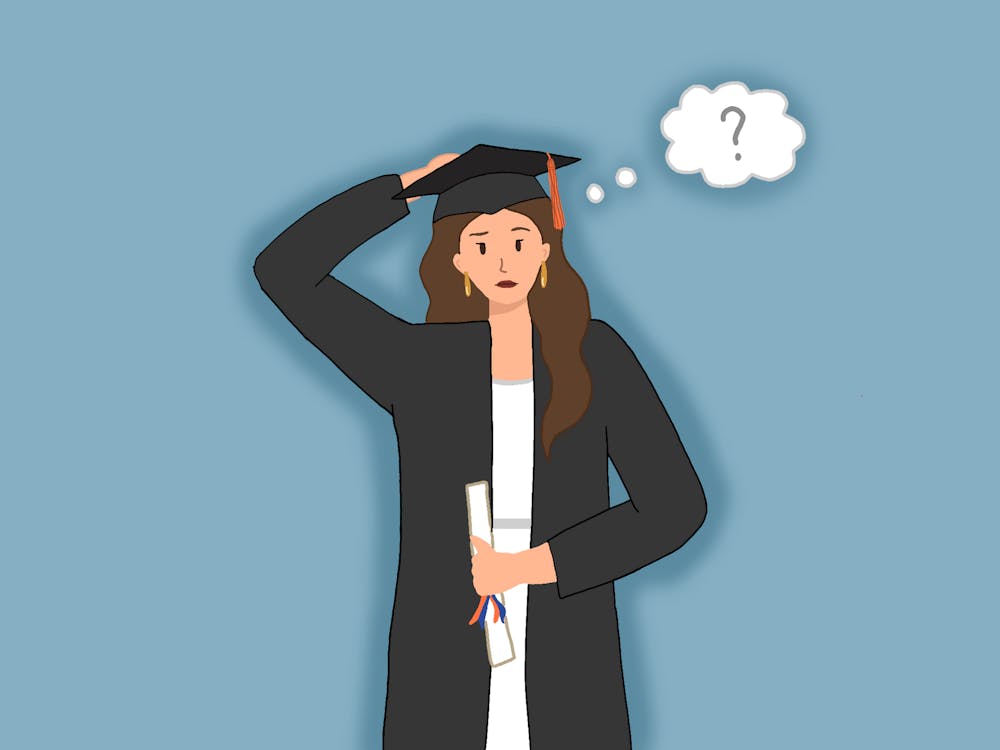The Atlantic Coast Conference announced Sunday that two additional schools, Syracuse and Pittsburgh, would be joining its lineup within the next two years. This move followed a tumultuous summer for collegiate athletics that featured a number of football scandals involving improper benefits given to players, as well as incessant speculation about major conference realignments. Although the National Collegiate Athletic Association and university administrators largely have been able to put the football scandals behind them, the latter controversy has persisted and now is overshadowing the fall sports season.
Unfortunately, there is little that either the NCAA or conference commissioners can do to address the presently unstable alignment of schools' athletic programs. Once the dust settles and new conferences featuring 14 or even 16 teams emerge, however, the powers that be in college athletics must evaluate what can be done to ensure the benefits of consolidation trickle down to student-athletes. Otherwise, these individuals will continue to be short-changed by the very system whose foundation they comprise, which will perpetuate the circumstances that led to the recently revealed benefits scandals.
Conference commissioners, as well as universities with prominent athletic programs, have a strong interest in consolidation since it will generate substantial increases in revenue from enlarged media markets and new licensing opportunities. For example, both the ACC and the University will accrue tremendous gains from the addition of Syracuse if it leads to the league playing a portion of its basketball tournament in New York City's Madison Square Garden. This would bring ACC basketball into a metropolitan area of nearly 19 million people, which would generate additional revenue from television contracts, ticket sales and licensing fees. Syracuse and Pittsburgh, for their part, would enjoy the fruits of competing in a league with a number of storied basketball and football programs and a media market that features major cities such as Charlotte, Atlanta and Miami.
Student-athletes at schools leading the realignment movement, however, could suffer from increased time commitments and competitive pressures. As conferences abandon the geographic rationality that originally factored into their organization, long-distance travel will become much more frequent. Thus, if Texas and Oklahoma join the Pac-12 as they are rumored to be considering, then their student-athletes will be asked to travel repeatedly to California and the Pacific Northwest. Although this will open new and potentially lucrative media markets to the schools, their student-athletes will have to endure a routine of extended travel that takes them across multiple time zones and further constrains the time available to sleep and complete academic assignments.
Moreover, the schools that are driving the conference realignments derive tens of millions of dollars in annual revenue from their athletic programs, but only a fraction of that goes back to student-athletes. Texas, for example, earned $93.6 million from conference and NCAA contributions, ticket sales and royalties and fees during the 2009-10 academic year. Yet it spent a mere $8.4 million providing student aid to athletes, according to the USA Today college athletics finance database.
These circumstances exist largely because the NCAA currently prohibits the payment of student-athletes. Thus, institutions have limited themselves to tuition aid and fringe benefits such as the construction of elaborate recreational and practice facilities meant to attract talented players that do not amount to fair market compensation for players. This has allowed for the development of a black market for players' services as under-the-table payments from boosters have substituted for university-administered salaries. The disastrous consequences of this system are evident in recently unearthed scandals at Ohio State and Miami, where boosters are alleged to have offered players discounted services and direct monetary payments.
Therefore, universities should use the additional revenue that will be generated from conference realignments to establish a more transparent system wherein student-athletes are compensated fairly for their athletic contributions. If the proper authorities administer this arrangement, it could ensure that at least a portion of the money student-athletes receive goes toward cost-of-living expenses, textbook purchases and savings rather than tattoos, prostitutes and jewelry. For this reform to occur, however, NCAA officials first must realize that the ideal of the "amateur" student-athlete no longer conforms to reality because of a confluence of factors - competitive, financial and geographic - unrelated to any moral failing on the part of student-athletes.






